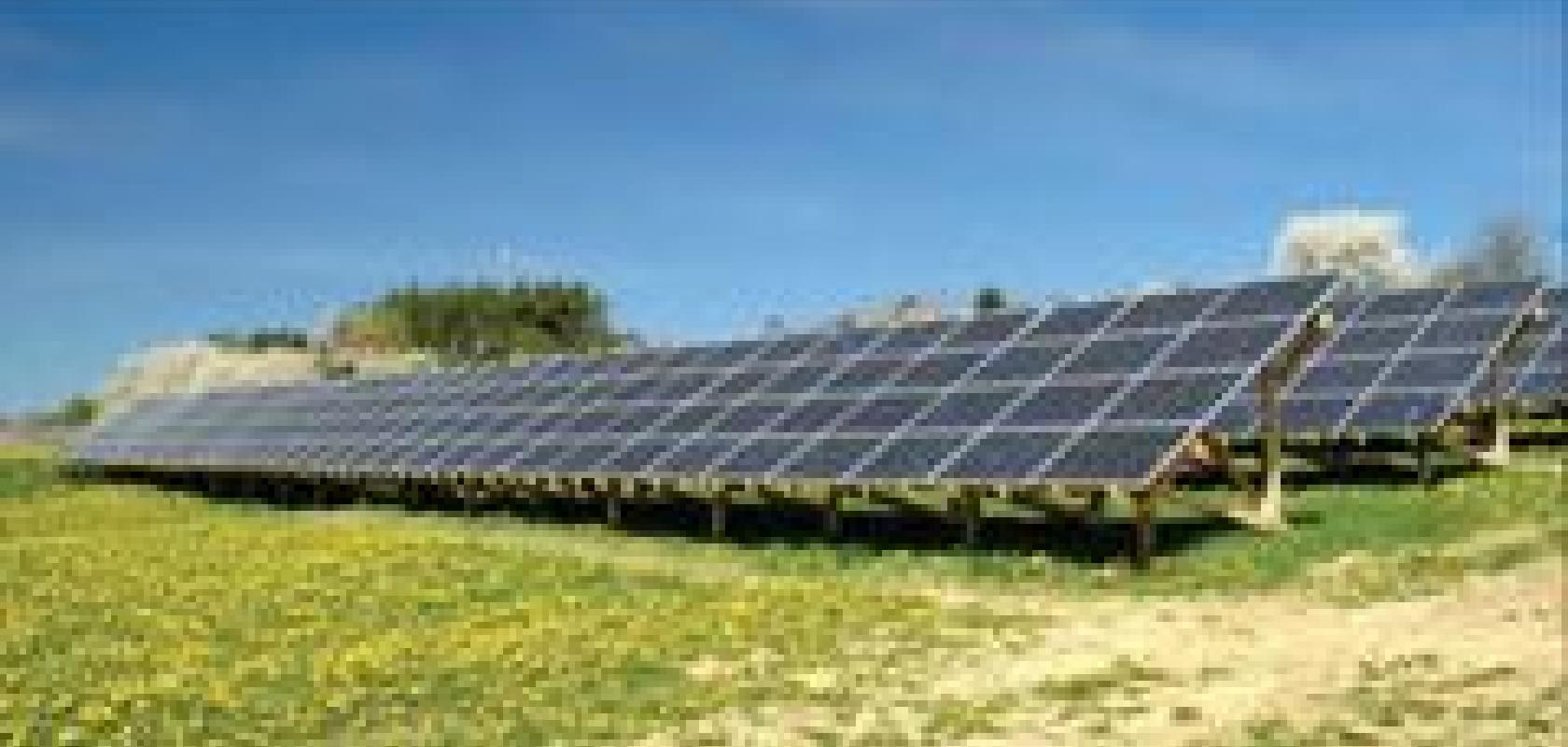Forecasting which parts of the market may fare better than others is almost impossible to achieve with any accuracy, but there are some technologies, application areas and geographical markets that are showing signs of being ‘ones to watch’.
For several months, now, all the talk has been about the emergence of fibre lasers. ‘It’s the most exciting technology around at the moment,’ says Jack Gabzdyl, product line manager at SPI Lasers. ‘It’s more efficient, more versatile and more controllable.’
According to Gabzdyl, the fibre laser is already making inroads into many manufacturing markets, largely down to its ease of use. ‘It’s a “fit and forget” technology,’ he says, ‘with no knobs to turn or screws to adjust. It’s currently displacing a lot of solid-state lasers and, in the longer term as power increases, it may well move into the cutting territory occupied by CO2 lasers.’
There is still plenty of life in the diode laser, though, according to Detlev Wolff of Jenoptik Laserdiode. ‘We see the market for diode lasers diversifying into three distinct niches,’ he says, ‘high power, low cost and high brightness. Because of the nature of each of these individual markets, we do not see any one supplier being able to operate effectively in all three markets at any one time. More generally, there is a trend – as ever – of bringing down price per Watt.’
Applications
It appears to be a very exciting time for photonics, as new applications are emerging all the time. One of the most high-profile photonics projects of recent months has been the iPhone, whose component parts were mostly engineered by laser. This precision materials processing was essential in creating the screen, printed circuit boards and silicon chips, which could not have been manufactured without the use of laser technology.
Mark Sobey, vice president of speciality laser systems at Coherent, says: ‘Largely, this has come about because of the advances in pulsed nanosecond and picosecond UV lasers. These lasers offer dramatically reduced heat-affected zones (HAZ) and provide a cleaner cut and greater accuracy. These types of lasers are used to ablate “transparent circuitry” on the touch screen, as well as anneal the back of the screen for higher brightness, and many of the parts on the circuit board itself – where tolerances between components are so tight that only lasers can meet the precision requirements. Given the nature of this particular market, much of the manufacturing is in Asia with strongest growth in Taiwan, China and Korea.’
‘The military is certainly a growth market,’ says Scott Griffin, director of sales and marketing for the Synoptics division of Northrop Grumman. ‘Much of the movement is in the upgrading of equipment, such as range finders and target designators. The technology available means that such devices can offer much better precision, which is essential in modern military equipment provision.’
There are two major markets, however, that appear to be emerging from the pack – cosmetic treatment and the solar industry.
‘The medical market is among the strongest at the moment,’ continues Griffin. ‘Here, solid-state lasers are enjoying particularly good growth in aesthetic applications, such as hair removal, tattoo removal, wrinkle treatment and skin resurfacing. Even at a time when there is a reported downturn, this market does not appear to have been affected at all. The reasons for growth in this particular market lay in the availability of the technology. Previously, CO2 lasers would have been used, but this was a much more destructive procedure. Solid-state lasers at 3μm offer an alternative solution to CO2 lasers. The high water absorption band at this wavelength allows for reduced skin penetration, which results in a faster recovery time.’
‘The therapeutic laser market has seen some growth,’ says David McGuinness of Photonic Products, ‘particularly in low-level laser therapy for muscular or skin conditions, such as acne or hair growth. Here, the market growth has come about as a result of research into the technology and benefits of such treatment, but also in proving the treatment is safe, which is a key concern.’
‘The optically-pumped semiconductor laser is making inroads into the medical market,’ says Coherent’s Sobey, ‘particularly in the field of ophthalmology. Significantly, the footprint required to generate the laser has reduced to such a level that the device is as small as a cigarette packet, making it much more versatile.’
In the solar cell market, lasers are now being used with increasing regularity. ‘With the cost of oil topping $100 a barrel, the gap between the cost of the “fossil Watt” and the “alternative energy Watt” is reducing rapidly,’ says SPI’s Gabzdyl. ‘As a result, the solar industry is enjoying massive growth at the moment, and the laser has a major part to play there. Whether it’s drilling, cutting, marking, scribing or soldering, there are maybe 10 or more separate applications of lasers within the solar industry alone – most of which can only be done by a laser because of the accuracy it offers.’
‘The majority of panels are made using crystalline silicon wafers, around 250μm thick and measuring 6 x 6 inches,’ says Coherent’s Sobey. ‘We are now at the stage where manufacturers are qualifying the use of nanosecond and picosecond UV lasers here. This brings many advantages to the process, mainly in the fact that laser processing is non-contact and helps enable the wafers to be made thinner. Being thinner, the wafers use much less silicon, and are therefore cheaper. Thinner wafers are more electrically efficient and more brittle, but if one uses a laser to ablate the electrical circuitry, no pressure is put on the wafer as there is no need to touch it, reducing the risk of damage.’

Day/night markings on in-car instrumentation are often created by laser.
Beyond the medical and solar markets, there are several other niches into which the laser is making inroads. ‘When you look around at most general objects, they will have some form of mark, either an identification code, a logo or an impression,’ says SPI’s Gabzdyl. ‘More and more these are being generated by lasers. With the facility to add non-contact indelible markings to just about any surface, lasers are making markings easier to apply anywhere. Many of the day/night markings of in-car instrumentation, for example, will have been done by laser. Fibre lasers already represent around 25 per cent of the market here, and there is perhaps potential for that to increase to around 40 per cent or more.’
‘In the non-cutting area,’ says Coherent’s Sobey, ‘we are seeing the increased use of direct diode 4kW stacks for the purposes of heat treating, cladding and hardening. For example, the process of laser heat treating is being applied in the manufacture of diesel engines so that the cylinders have greater durability. Lasers provide localised heating in a cost-effective manner – as opposed to immersing the whole part in a large and expensive oven. A further example of this is in earth moving equipment, where the specially hardened tips on the buckets tend to wear out. When the hardened tips are worn out they can now be replaced by selective cladding of new hardening material applied directly along with the diode laser heat treatment, thus enabling the entire bucket to be re-used rather than replaced, in a very cost effective approach.’
‘Among the more novel applications we have tackled recently is the laser projection market,’ says Photonic Products’ McGuinness, ‘including RGB lasers for entertainment, head-up displays for aircraft, and portable projectors for use with PDAs and laptops. The availability of higher power red diodes now make this more feasible. Previously, achievable brightness has been limited by the power needed for the red diode.’
Geography
Following the noises heard over recent months, it is no surprise that most agree that China – and the Far East in general – will represent a major growth market over the coming months.
‘One has to look at China more seriously,’ says Jenoptik’s Wolff. There is an increasing appreciation of quality and reliability from China, characteristics that one does not normally associate with the region. It is also a place where research and development is starting to take place, and that means that Chinese manufacturers will soon be in a better position to gain market share domestically, but also internationally – and we have to prepare for that competition.’
Others point to areas such as South America, but also the Indian sub-continent, where the diamond processing sector ‘is perhaps an unexpected volume user of laser sources’, according to SPI’s Gabzdyl.
Finally, Jenoptik’s Wolff says that the industry – particularly in Europe – may face some tough months in the immediate future. 'Competitiveness is also an issue right now,’ he says, ‘particularly because of the unfavourable exchange rate between the euro and the dollar. Customer demands are always forcing prices down by around 10 to 15 per cent per year, but the exchange rate is making this bite even harder at the moment.’


